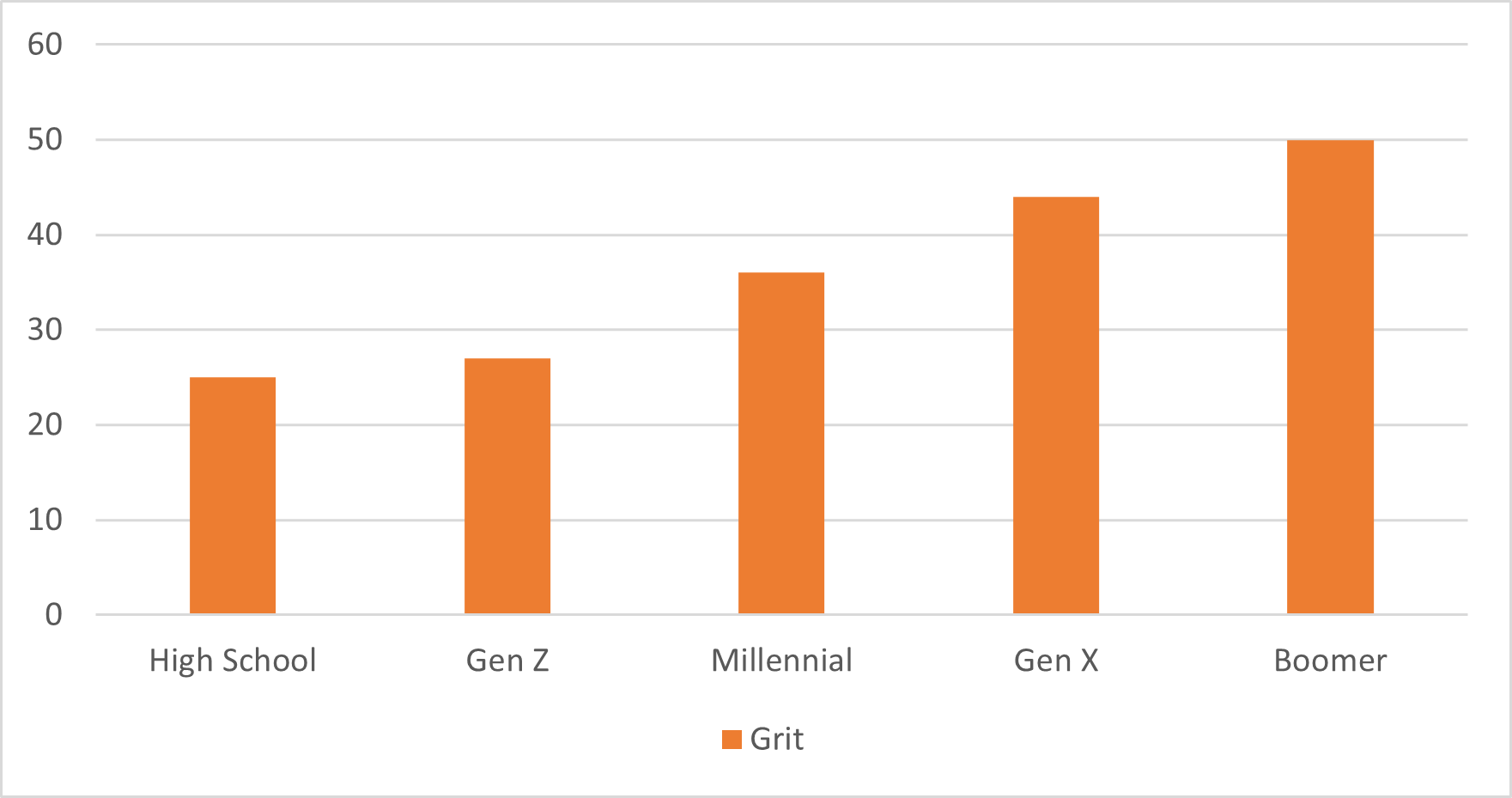
If you’re starting a job hunt in 2023, you’re in for a complicated, time-consuming experience regardless of how qualified you are unless you’re going for entry-level jobs. Even a lot of those can require more effort to get into than you’d think.
Luckily, there are some things you can do to ease that difficulty a bit and improve your chances. It all comes down to knowing yourself, the employer you’re applying to, and the application process in general.
We’ve written several guides on resume mistakes to avoid, how the modern hiring process works, etc. We even offer a few tools, such as some of the leading career quizzes, to help you out.
However, it’s always good to prime yourself with a realistic understanding of what to expect. So, we’re going to walk you through some resume statistics that can prepare you for the long haul and give you an idea of how your job hunt is going to go.
Let’s get started.
1: A Lot of Employers are Going to Receive Your Resume
If you thought you were going to apply to one company, get a call back in a few days, and start your new job, this resume statistic should lower your expectations a bit.
The average job seeker sends out fifty resumes before they get a job.
Now, you have to consider that many of those applicants aren’t optimizing their resumes for key resume statistics we’ll point out later, and plenty of job seekers get irritated and just start applying to random jobs as time goes by, but it’s still a realistic number to expect.
If at all possible, make sure you’re at a stable job before you start your job hunt to deal with this time-consuming aspect of it. However, even if this is your first job hunt, or you lost your job unexpectedly, knowing this should keep you from thinking it’s you when you don’t get a call back from those first few applications.
2: Prepare for 2 Months of Searching
According to statistics, it takes around 2 months for the average job seeker to get hired. That’s not as bad as it sounds. Even if you exclude those who gave up on certain positions and just applied out of desperation, that’s still a good timeframe to find a new job and, hopefully, move up in the world.
3: Only 32.9% are Optimizing Resumes
This is one reason that only 25% of applicants get their applications in front of recruiters. Only 32.9% of job seekers change up their resumes for every application they send out.

This is a crucial statistic because it shows where so many people are going wrong.
Every job is different. Even if you’re applying for the same position in multiple companies, the keywords the recruiter put into the ATS, and the qualifications expected, can vary dramatically.
Every single resume submission needs to be optimized to ensure you have the best chance of not only getting past automated screening systems but also impressing the recruiter enough to get an interview.
You simply can’t achieve that if you’re not optimizing your resume specifically for the job you’re applying for.
4: Networking Counts
According to key resume statistics, the majority of applicants don’t get jobs based on how great their skills are. They get them due to networking.
60% of applicants get an interview and subsequently get hired because they knew someone with enough pull within the company to put in a meaningful good word for them.
While you’re focused solely on optimizing applications and building skills, you also have to focus on meeting people and developing relationships.
This doesn’t mean it’s impossible by any stretch of the imagination, but it definitely helps if you’ve put in a little legwork with people who work for the company or industry you want to work in or who are close to that company or industry in some way.
After all, if you ran a business and a friend told you they had a great job candidate for you to look at, along with 300 applications from random people for the same position, who would you pull in for an interview first?
5: 11 Seconds is All You Get
We mentioned earlier that only 25% of resumes get through an automated resume screening system and in front of a recruiter. So, what happens once you optimize your resume to get through that system smoothly? Well, you get 7 to 11 seconds of the recruiter’s time to show them you’re worthwhile.

Recruiters only spend about 11 seconds on a resume. If they decide to read the in-depth details, it’s because they saw everything they needed to see in the first 11 seconds.
This means you have to make sure the most relevant information is most prominent and easy to read. Know that the person only has 11 seconds to look at your resume, and without ruining your ATS optimization, optimize the resume to maximize those 11 seconds.
6: Past Work Experience is Crucial
Speaking of 11 seconds to make an impact, let’s talk about the part of your resume that recruiters are really looking for.
70% of recruiters look at your past work experience first, and it’s what they consider to be the most important part of your resume.
That’s the part of a resume that shows how long you can hold a job, the quality of the positions you’ve held, and some of the skills and traits you possess, too. So, it makes sense that they want to focus on that.
7: Cramming isn’t Necessary
Finally, everything we’ve said so far focuses on optimization and maximizing what is seen by a recruiter, but not every resume needs to be one brief page.
If you have tons of experience to fill out a second page with meaningful content, that can give you 2.9x the chance of getting hired. You just need to focus on optimizing for ATS and ensuring that the important information grabs the recruiter’s attention immediately.
Try Our Career Quizzes and Resume Reviews to Land Your Dream Job
This is all a lot to take in, but you don’t have to go through resume statistics alone.
If you would like professional help with your resume, you can get a free resume review here. Upload your resume and you’ll get a free report on how to showcase your top strengths, optimize your resume for ATS and make sure your format is ATS friendly.



